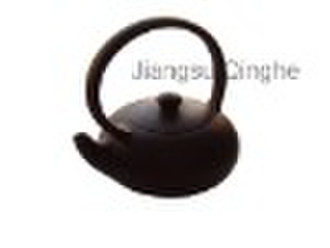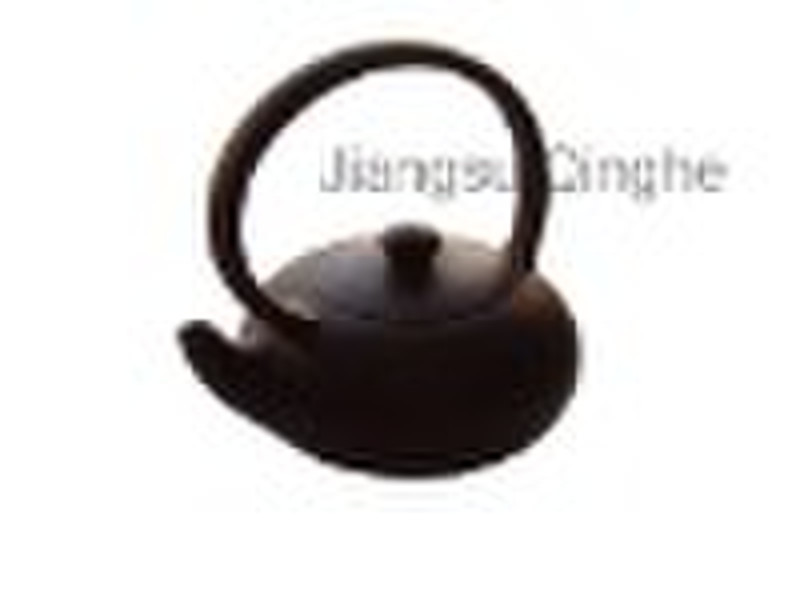Catalog
-
Catalog
- Agriculture
- Apparel
- Automobiles & Motorcycles
- Beauty & Personal Care
- Business Services
- Chemicals
- Construction & Real Estate
- Consumer Electronics
- Electrical Equipment & Supplies
- Electronic Components & Supplies
- Energy
- Environment
- Excess Inventory
- Fashion Accessories
- Food & Beverage
- Furniture
- Gifts & Crafts
- Hardware
- Health & Medical
- Home & Garden
- Home Appliances
- Lights & Lighting
- Luggage, Bags & Cases
- Machinery, Hardware & Tools
- Measurement & Analysis Instruments
- Mechanical Parts & Fabrication Services
- Minerals & Metallurgy
- Office & School Supplies
- Packaging & Printing
- Rubber & Plastics
- Security & Protection
- Service Equipment
- Shoes & Accessories
- Sports & Entertainment
- Telecommunications
- Textiles & Leather Products
- Timepieces, Jewelry, Eyewear
- Tools
- Toys & Hobbies
- Transportation
Filters
Search
dark-red enameled pottery

julia day
Contact person
Basic Information
| Feature | Eco-Friendly |
|---|---|
| Place of Origin | Jiangsu China (Mainland) |
The capital of China is Beijing. But there are two more Chinese capitals worth knowing about. One is Jingdezhen in Jiangxi, the “capital of porcelain”; the other is the town of Yixing in Jiangsu, the “capital of pottery”. In American Yixing expert Richard Notkin’s words, Yixing is the “sculptural center of the world”. Local pottery production has a history of more than 3,000 years, longer than local recorded history. During the Ming Dynasty (1368-1644AD), the industry saw its heyday. But there’s been something of a revival recently and alongside Chinese support for the national pottery center, large amounts of products are now exported overseas.Clay teapots from the town of Yixing are an indispensable accessory for tea drinkers throughout China. Usually small, squat, and brown, fine craftsmanship and special materials make them an ideal vessel for making tea. The fired clay is uniquely able to bring out the flavors of tea leaves during brewing. Since the clay is absorbent, unlike porcelain or metal, some of the flavor is absorbed into the pot during each brewing. This gives the tea a richer and more mellow flavor - after using a pot many times, the pot itself can flavor boiling water without adding any fresh tea leaves! Much of the unique quality of Yixing teapots comes from the special dark brown clay they are fashioned from. The clay is not simply dug from the ground, but is actually made from rocks unique to the area, ground into powder and mixed with water. Craftsmen use choose several different types of rock and combine them in different proportions in light of what they are planning to make. The different colors of the best Yixing pottery come from different colored clays, not from paint or glazes, so pieces with several colors actually use several different clays. As a result, Yixing pottery is less brightly colored than Chinese porcelain, and uses more muted earth tones. Since the clay absorbs flavor, you should keep the pot clean by washing it with warm water once you’ve finished drinking. But never clean it with soap - the soap can seep into the clay and give a soapy aftertaste to the next pots of tea! If you forget to clean it and the old leaves turn foul, adding boiling water, immediately pouring it out, and placing the pot in cold water will freshen the flavor again.
Delivery terms and packaging
Port: Shanghai
-
Payment Methods
We accept:









